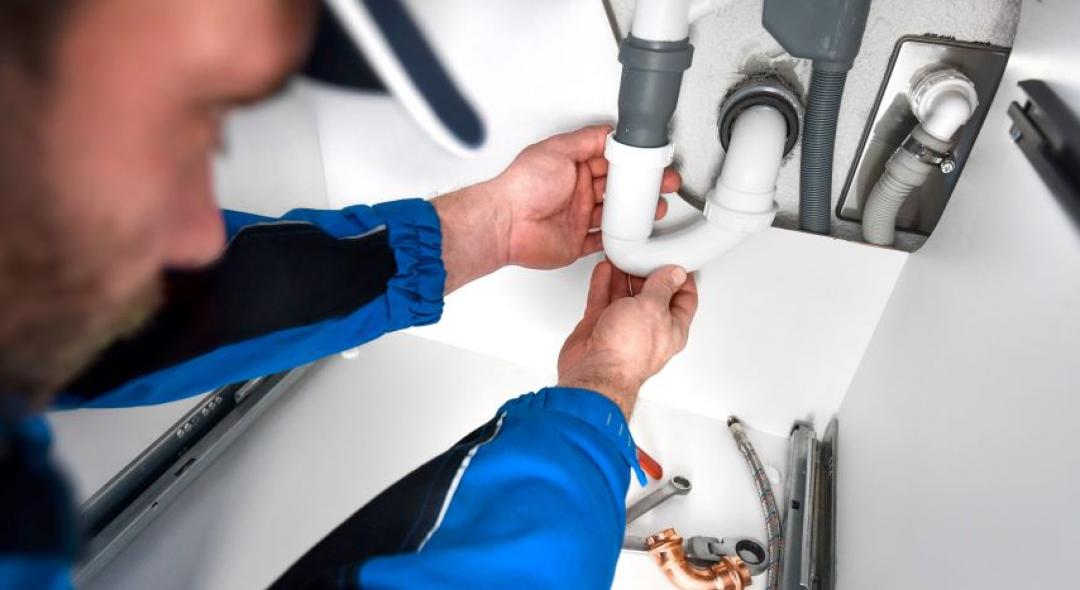
Between the pressure of snow and ice, the strength of freezing winds, and the sheer drop in temperatures that hit many parts of the country this year, many homeowners around the country are facing spring with the need for some serious residential exterior repairs. While components of your home like your roofing system, deck, and siding are all treated to withstand the damage of winter, with seasons like the one just passed there’s always the risk that even the most specially designed materials will have been damaged. No where is this potential damage more problematic and unattractive, however, than on vinyl siding.
Despite its many benefits, in the extreme conditions your home’s vinyl siding can suffer from shrinking, cracking, and even splitting, just like any other material, and because of the huge amount of space that your home’s siding covers just about any one of these signs of damage will be very clearly visible to anyone passing by. Aside from aesthetics, this damage also allows for everything from pest infestations to water seepage to get within your walls and damage your property’s structure if vinyl siding repairs are not quickly and appropriately performed. With that in mind, these first few weeks of spring serve as the perfect chance to thoroughly inspect your home’s vinyl siding to identify any problem areas that may have arisen and to promptly get the repair services that you need to keep your home looking and performing beautifully.
What to Look for During Vinyl Siding Inspections

A careful and thorough vinyl siding inspection for your home is one of the best preventative measures a homeowner can take in early spring to prevent any minor damages from growing to a severe and dangerous degree. In the event that you find anything which seems dangerous during your inspection it’s important to speak with local professionals on vinyl siding repair. However, if you’re performing your own inspection there are a number of important factors to remember to get the most benefit from your work:
- Waves in vinyl siding panels can result from improper installation or from the uneven expansion of the material in high temperatures. In either case, it could result in water damage and should be repaired.
- Impact damages on individual vinyl siding panels can be most easily fixed by removing the individual panel from the surface beneath. However, finding the exact color and style of siding that you have to replace that one panel may be more difficult. Speak with your vinyl siding installer about receiving extra panels when you’re first having the siding applied.
- Look for signs of mold or mildew growth on your vinyl siding, particularly where it leads beneath the paneling. These are good indications that water damage is developing underneath the siding and your home’s walls could be suffering as a result.
